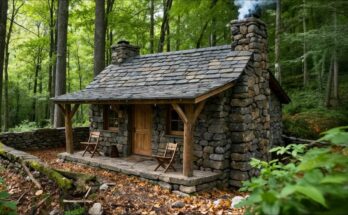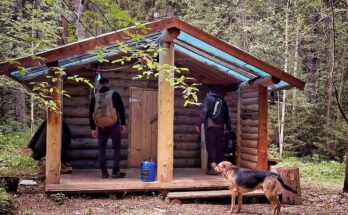Over the course of sixty days, I undertook the ambitious challenge of constructing a hidden bunker deep within the forest—a project blending survival skills, engineering, and perseverance. The journey began with scouting the perfect location: a secluded area surrounded by dense foliage and natural elevation for concealment. Once the site was chosen, the first week focused on clearing the ground and marking out the bunker’s dimensions.
Excavation began soon after, using both manual tools and a compact digging machine to carve out a 10-by-10-foot underground chamber. The most exhausting phase, it required removing tons of soil while keeping the entrance discreet. By day twenty, the foundation was set with reinforced concrete and waterproof lining to prevent leaks.
The next stage involved building sturdy wooden framing and installing steel supports for added structural integrity. Insulation and ventilation were essential, ensuring the bunker would remain livable and free from moisture. Around day forty, the focus shifted to camouflage—using natural materials like moss, branches, and soil to blend the entrance seamlessly with its surroundings.
In the final weeks, I added essentials: a solar-powered light system, a water filtration unit, and compact storage for supplies. By day sixty, the hidden bunker stood complete—secure, self-sufficient, and virtually invisible to passersby.
The project was more than just construction; it was a test of creativity, endurance, and respect for nature. In the end, the bunker symbolized both preparedness and the power of human ingenuity.


